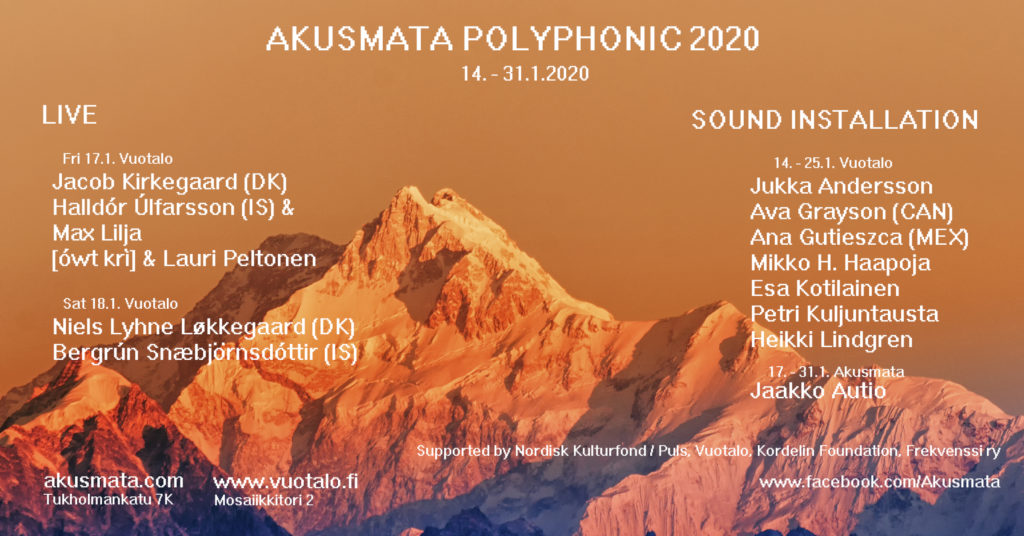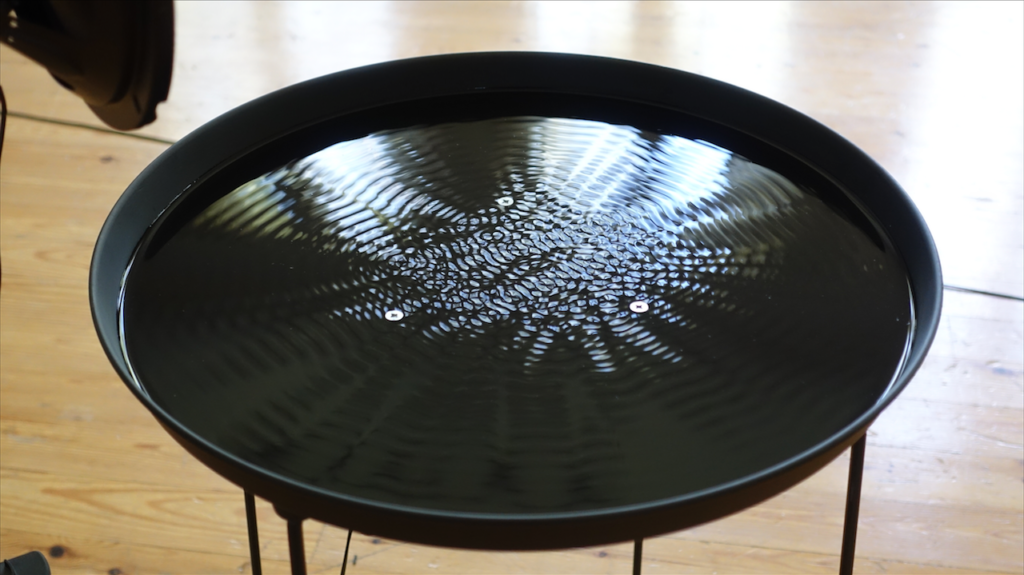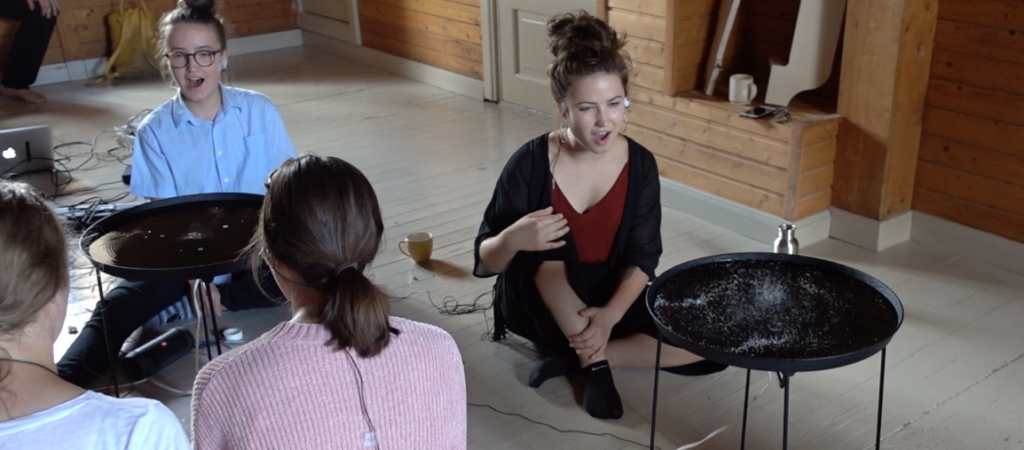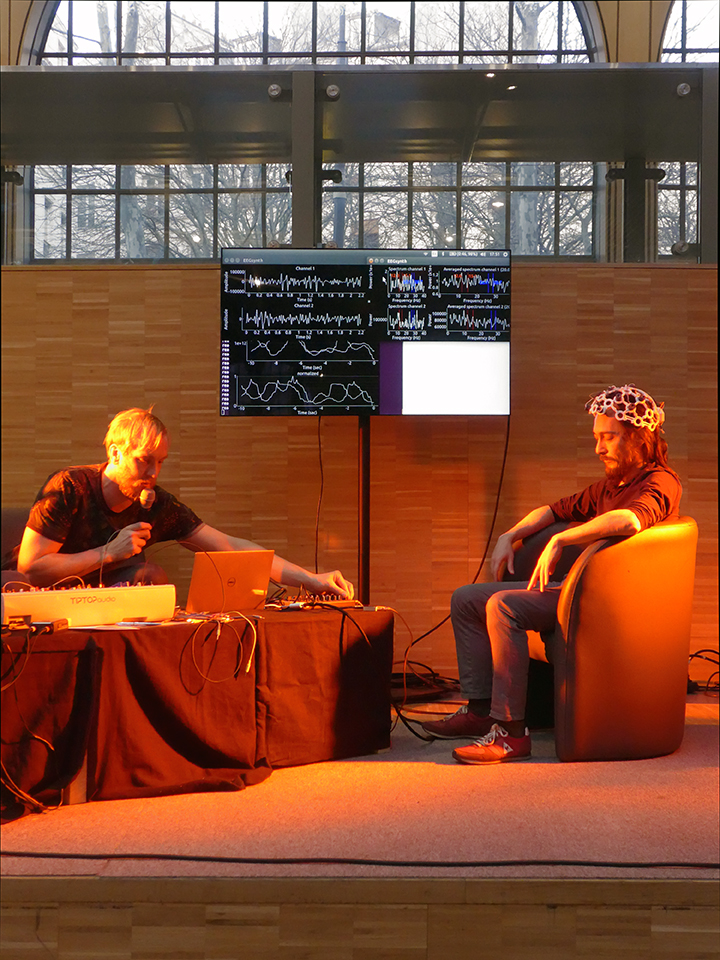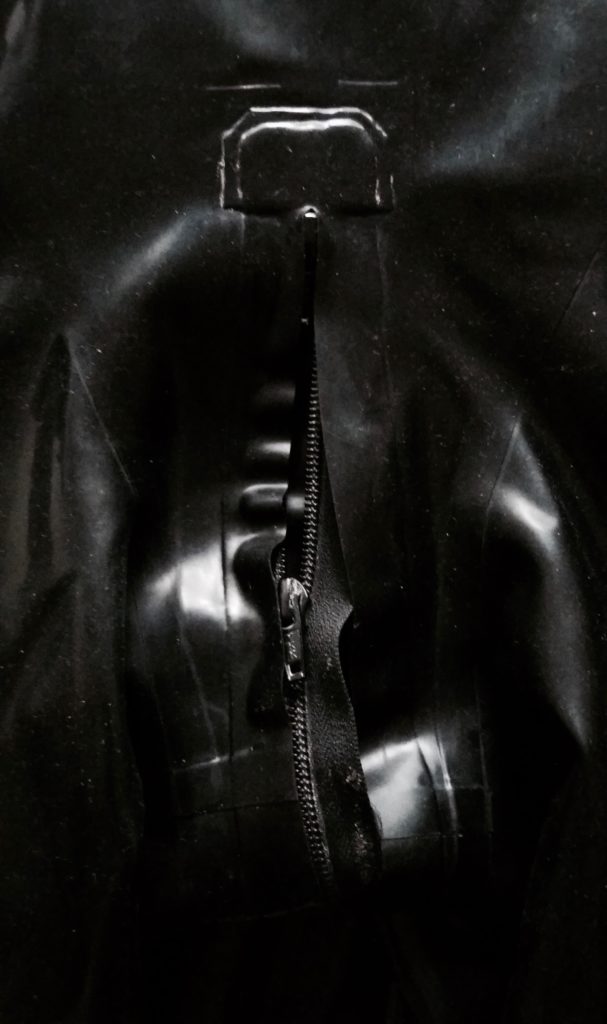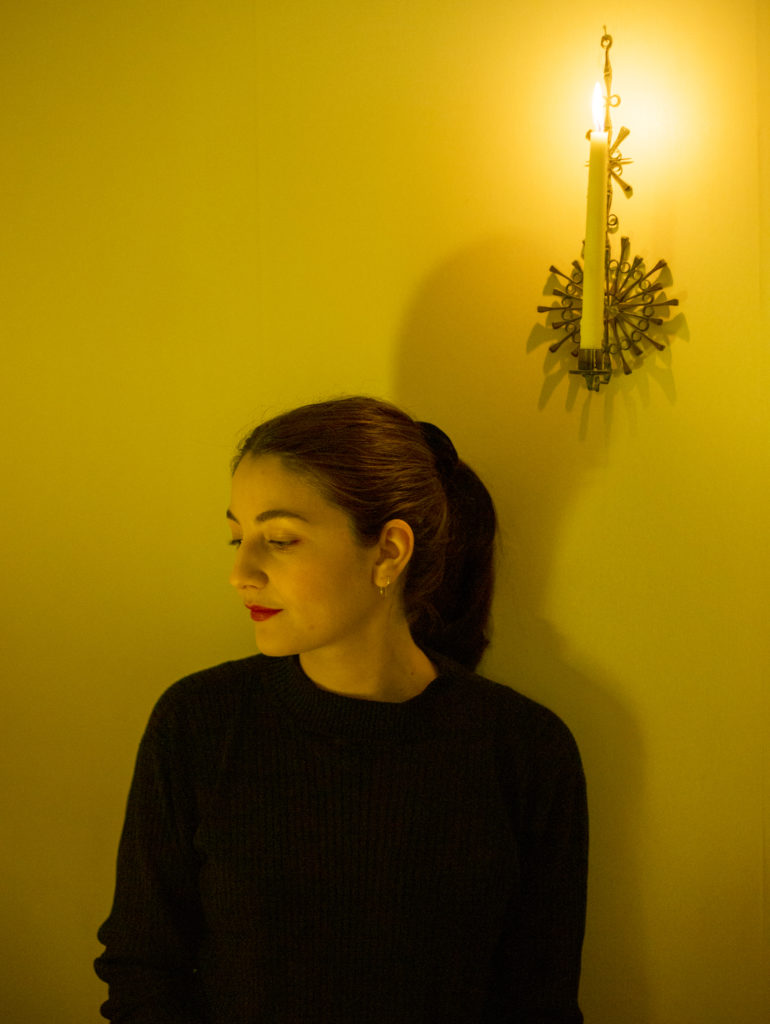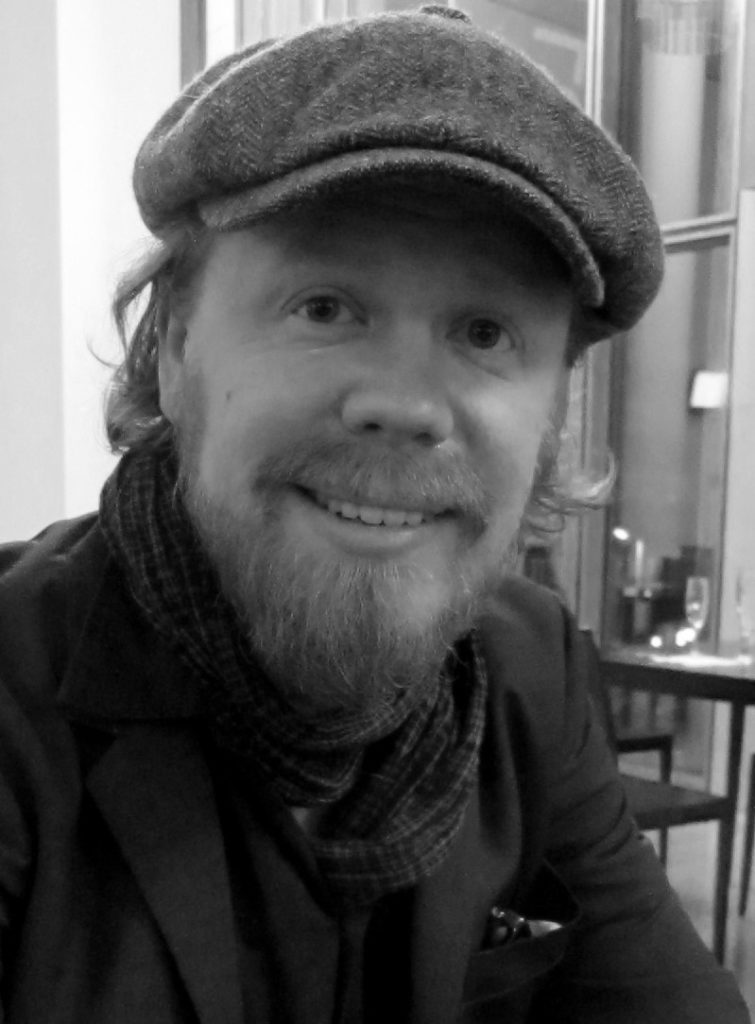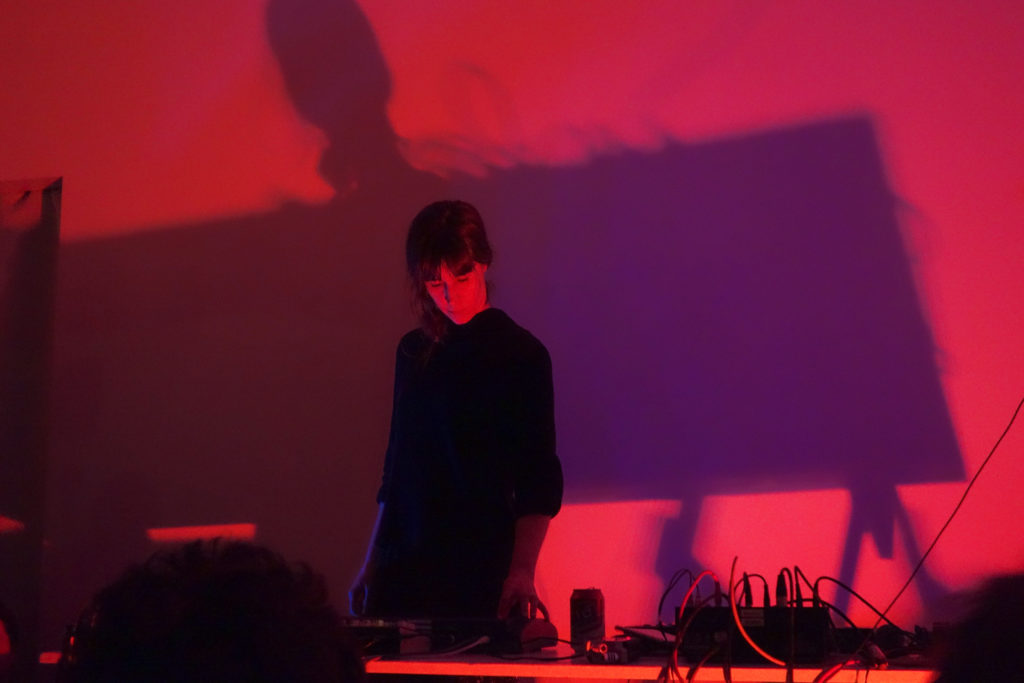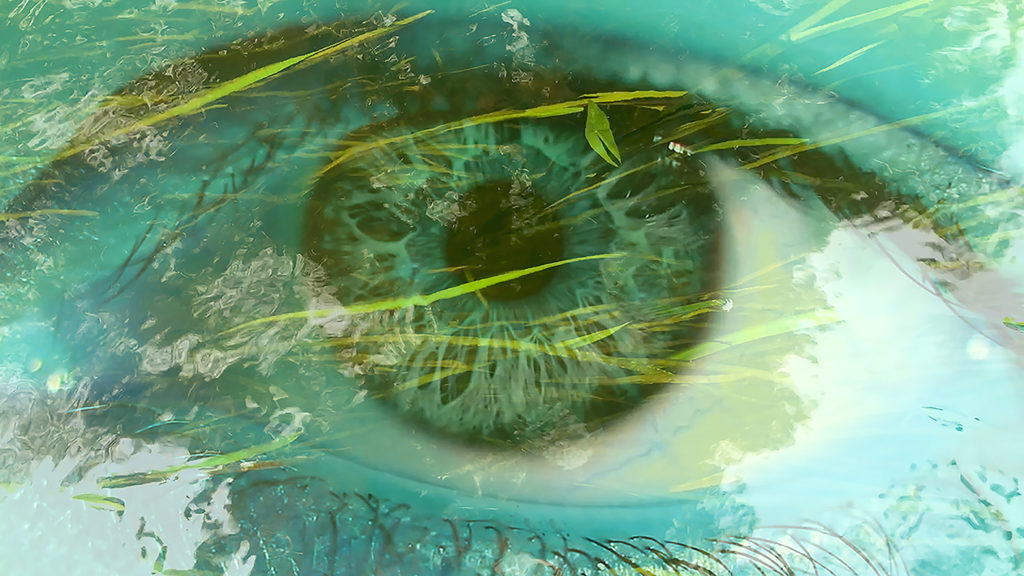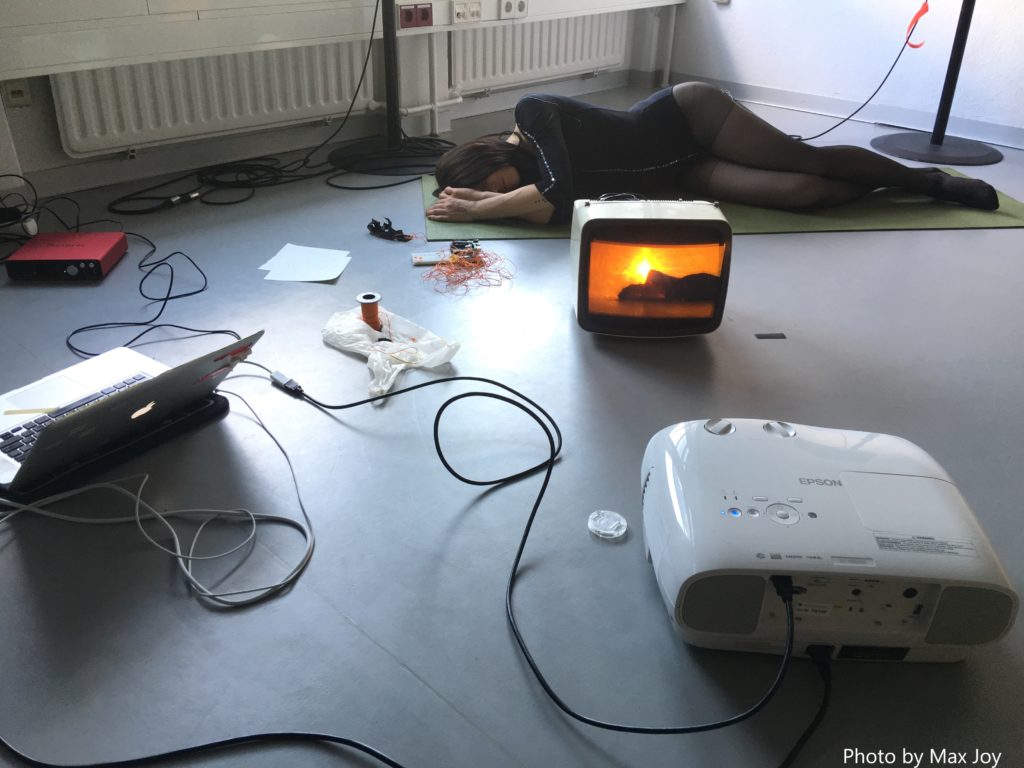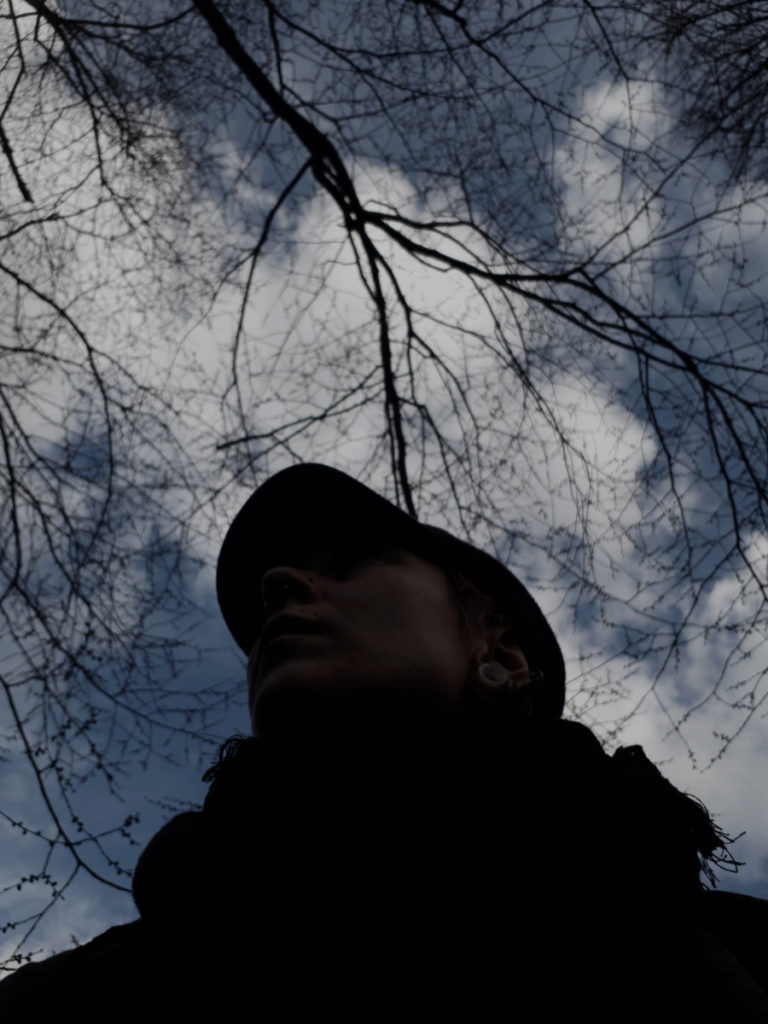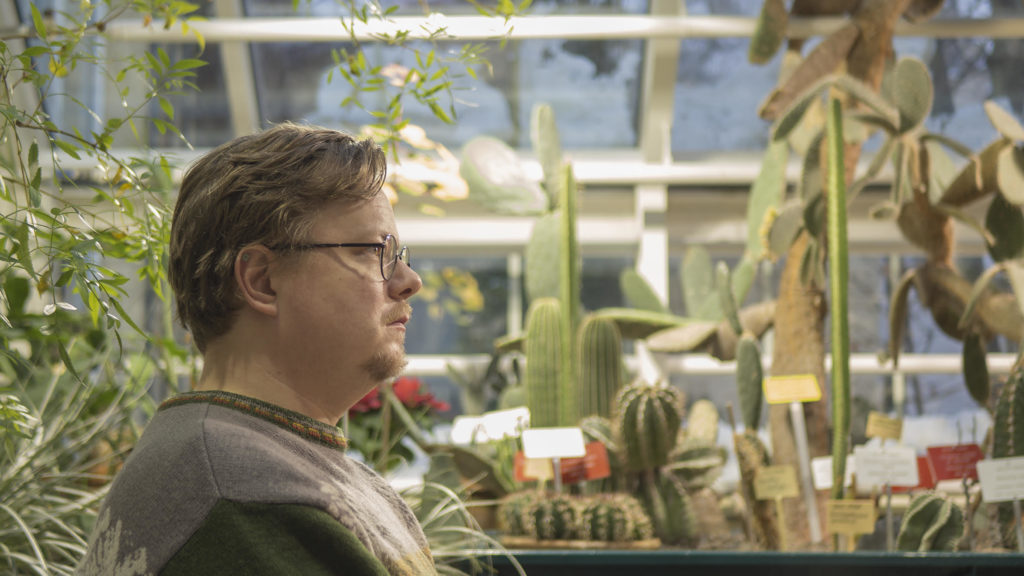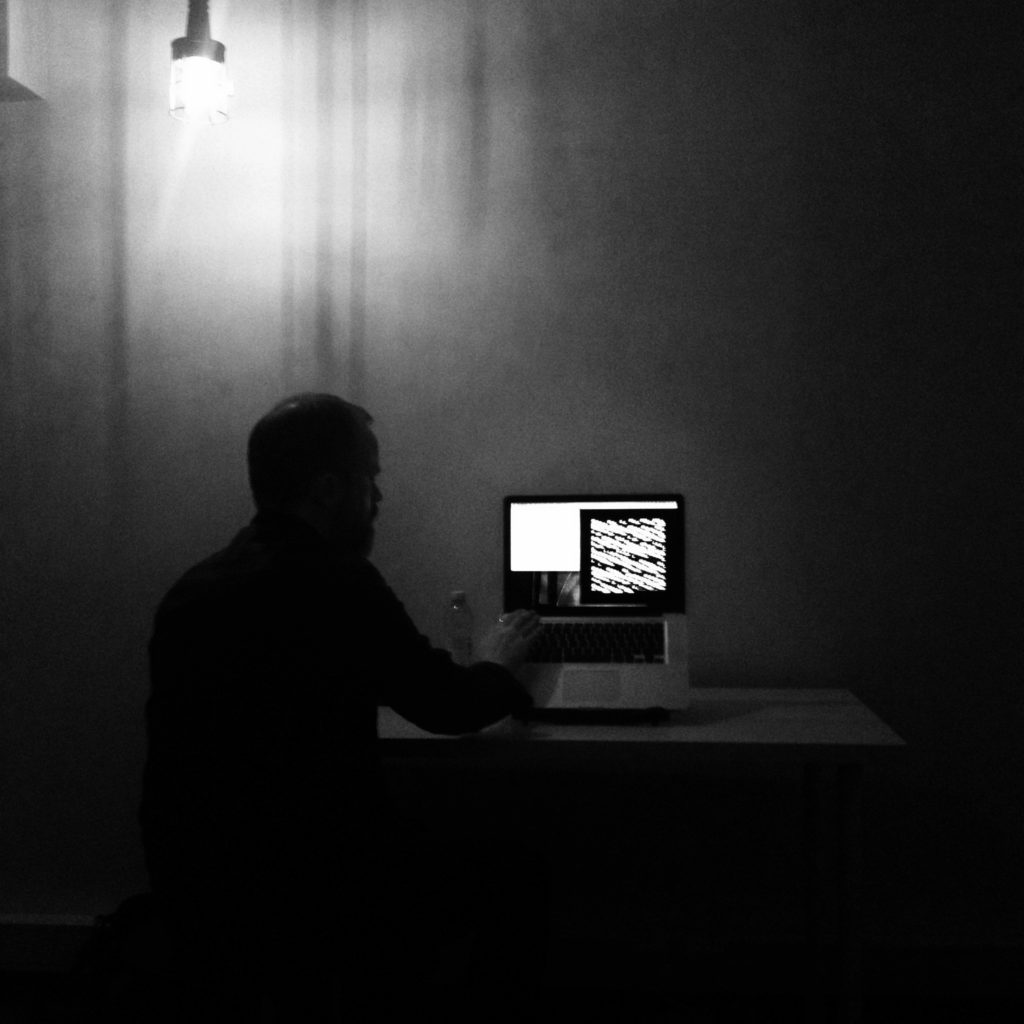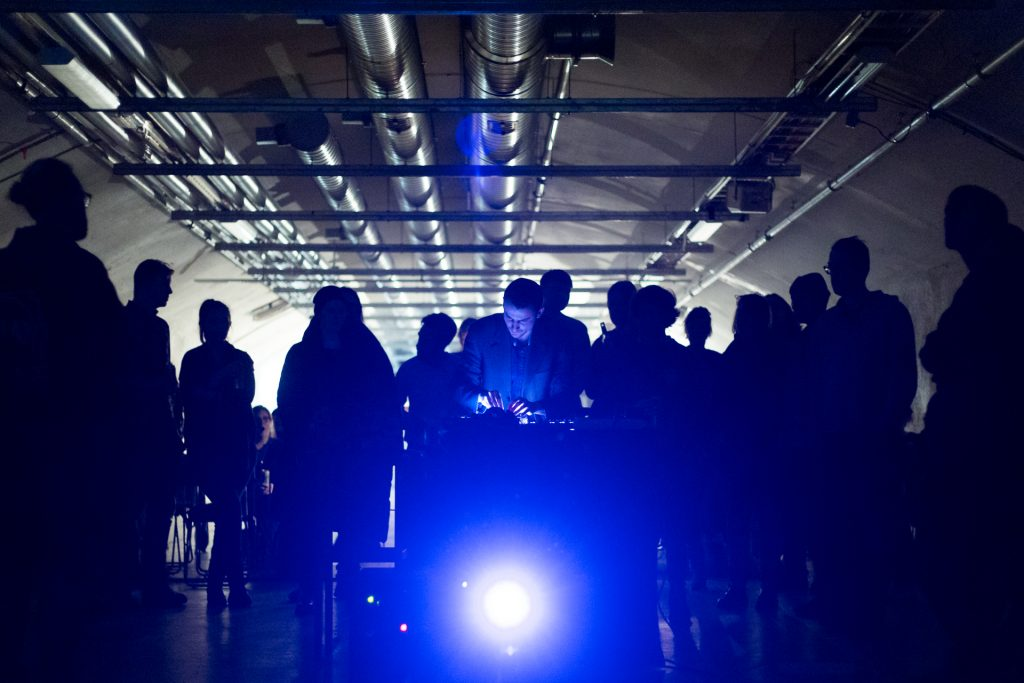FROM BOW TO STEM – A DAXOPHONE STUDY
Kenneth Kovasin
Mon 3.8. – Fri 7.8.2020 at 14 – 18.
From Bow to Stem – A Daxophone study
The installation “From Bow to Stem” is built around Finnish wood – the Appletree, Ash, Larch and Aspen. Kenneth Kovasin has designed 24 different Daxophone tongues of these four types of wood and built a sound installation that praises the soundscape of Finnish wood. Even an Aspen tongue that broke halfway through the recording of the piece is present. Three different soundboxes were used in the recordings.
Each wood is played from its own sound source creating ever-changing spatial sound in the gallery. The Daxophone recordings are repeated in random order regardless of each other.
The Daxophone tongues are like small beautiful wooden sculptures and the instrument produces unique and exciting sounds. The form of the tongues and choices of material affect the instruments sound in great extent.
Kenneth Kovasin is a sound artist and ambient musician from Helsinki, Finland. His works are often minimalistic and created with self-built instruments. Kenneth has toured festivals in the United States, Sweden and Estonia with his project [ówt krì] and has performed various concerts in Finland.
Kenneth’s first sound installation “Urban Evolution” was on display during the (con)temporary festival organized by LéSPACE in Helsinki 18.9–3.10.2015.
When not performing music Kenneth also produces concerts in cooperation with Sound gallery Akusmata. He is also one of the founding members of Frekvenssi, a collective aiding audial art in Finland.
The Daxophone
The Daxophone is an electromechanical experimental instrument invented by the German musician and instrument builder Hans Reichel (1949–2011) in the end of the 1980’s. The instruments sound is produced by friction and vibration.
The name is derived from the German word “dachs” standing for vole due to the strange, almost animal, sounds it produces. Reichel modified the word into ”dax” to mimic the saxophone by Adolphe Sax.
The Daxophone consists of a soundbox, installed with one or many contact microphones, and a wooden tongue clamped to the body. The body is placed on a tripod to provide more comfort for the performer. The Daxophone can also be made from metal or plastic but these materials will not enable as versatile tones as wood.
The instrument is played by rubbing the tongue with a bow and pushing down on the tongue with the “Dax”, a piece of wood formed as a wedge. The tongue can also be hit or plucked on. When playing the instrument, the tongue resonates, and the resonance is then transferred to the soundbox and it’s contact microphones that amplify the sound. The Daxophones scale is broad and the tone diverse. The sound depends in great extent on the used material, the shape of the tongue and where on the tongue the bow and Dax are being applied.
Compact wood like Ebony or Oak produce softer sounds whereas softer wood like Pine easily produce harsh sounds. Compact wood like Ebony or Oak produce mellow sounds whereas softer wood like Pine easily produce harsher sounds. The instrument scale is not as exact as on a guitar or other string instrument, but a fretboard can be installed on the Dax to provide for exact notes. The other side of the Dax is curved to enable smooth transitions between notes. Due to the fact that the Daxophone is an electronic instrument, different pedals and effects add to the versatility of the instrument.
Hans Reichel released his album ”The Dawn of Dachsman” in 1987 and this was the first time the Daxophone was heard in a musical piece. His 2002 release “Yuxo: A New Daxophone Operetta” gave the instrument broader attention. Still today the Daxophone remains a rarity. A musician interested in the instrument will have no other choice but to build one. The Daxophone is not mass-produced.
Reichel has illustrated plans and directions for building his instrument on his website and a skilled carpenter is thus able to build one.


